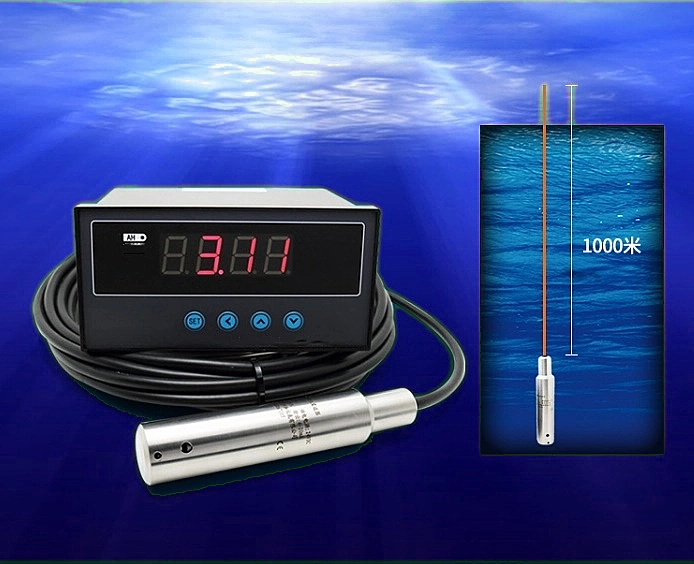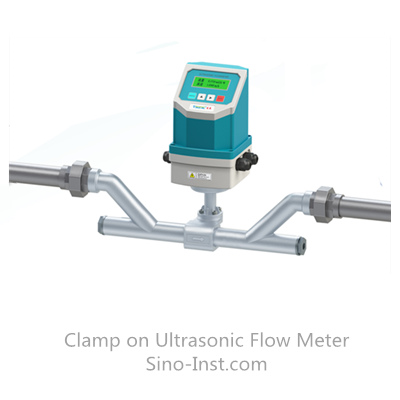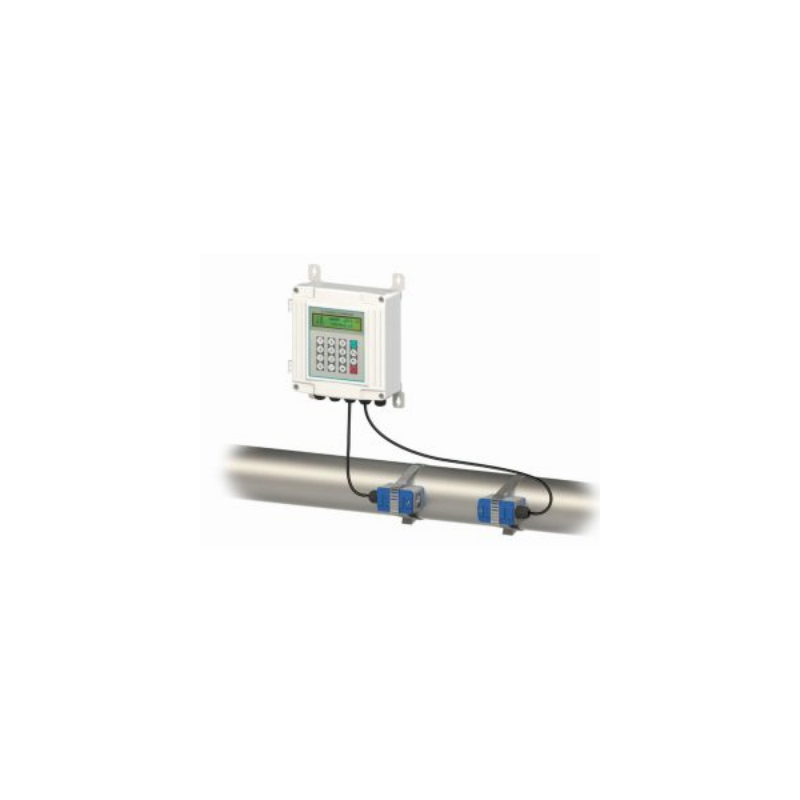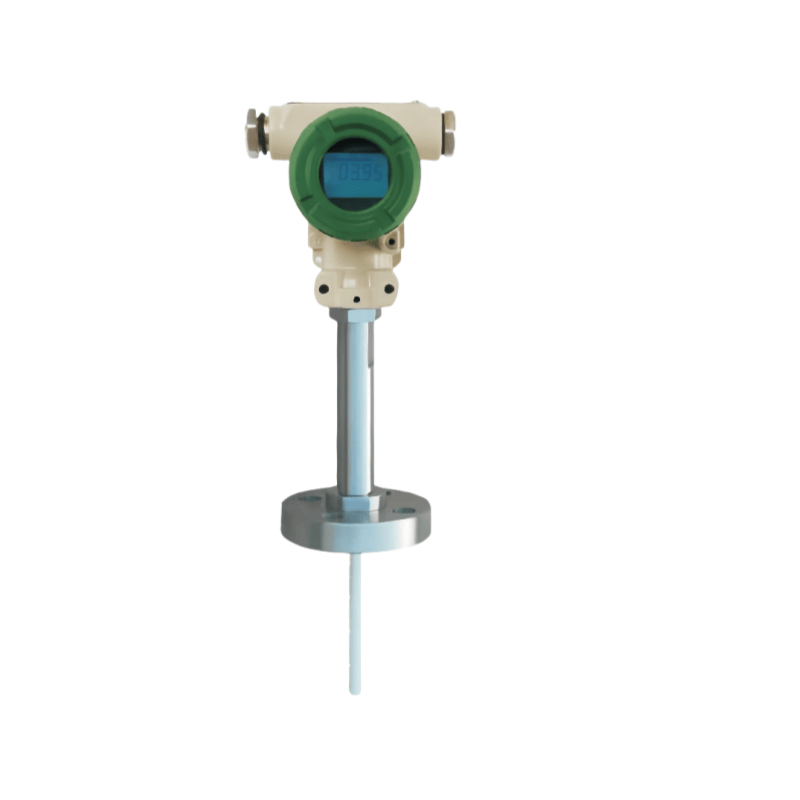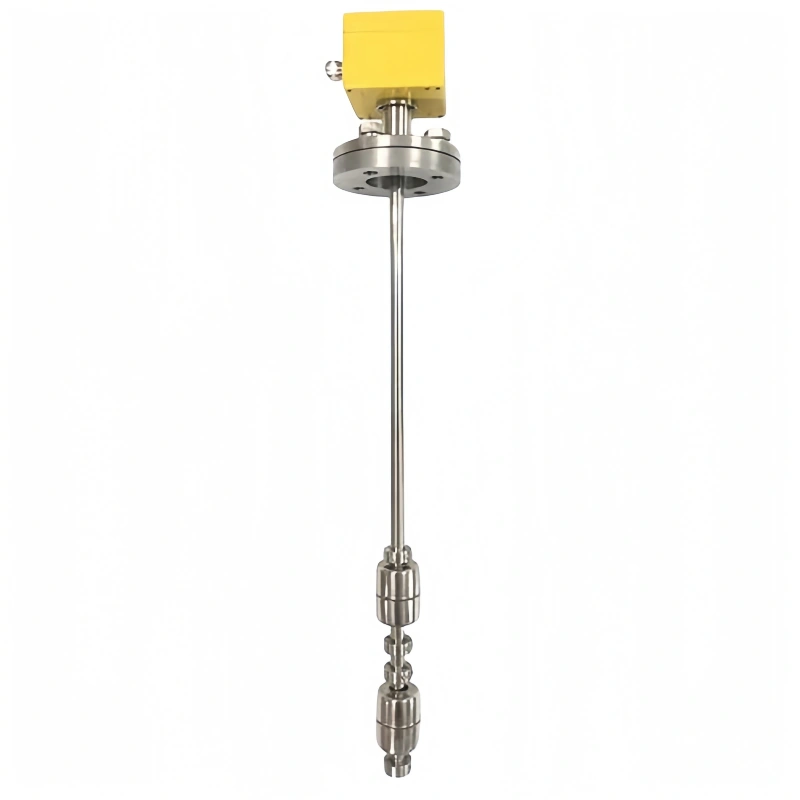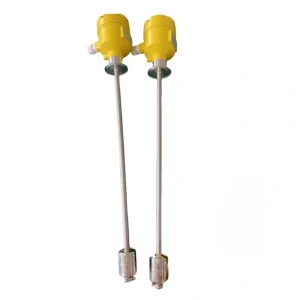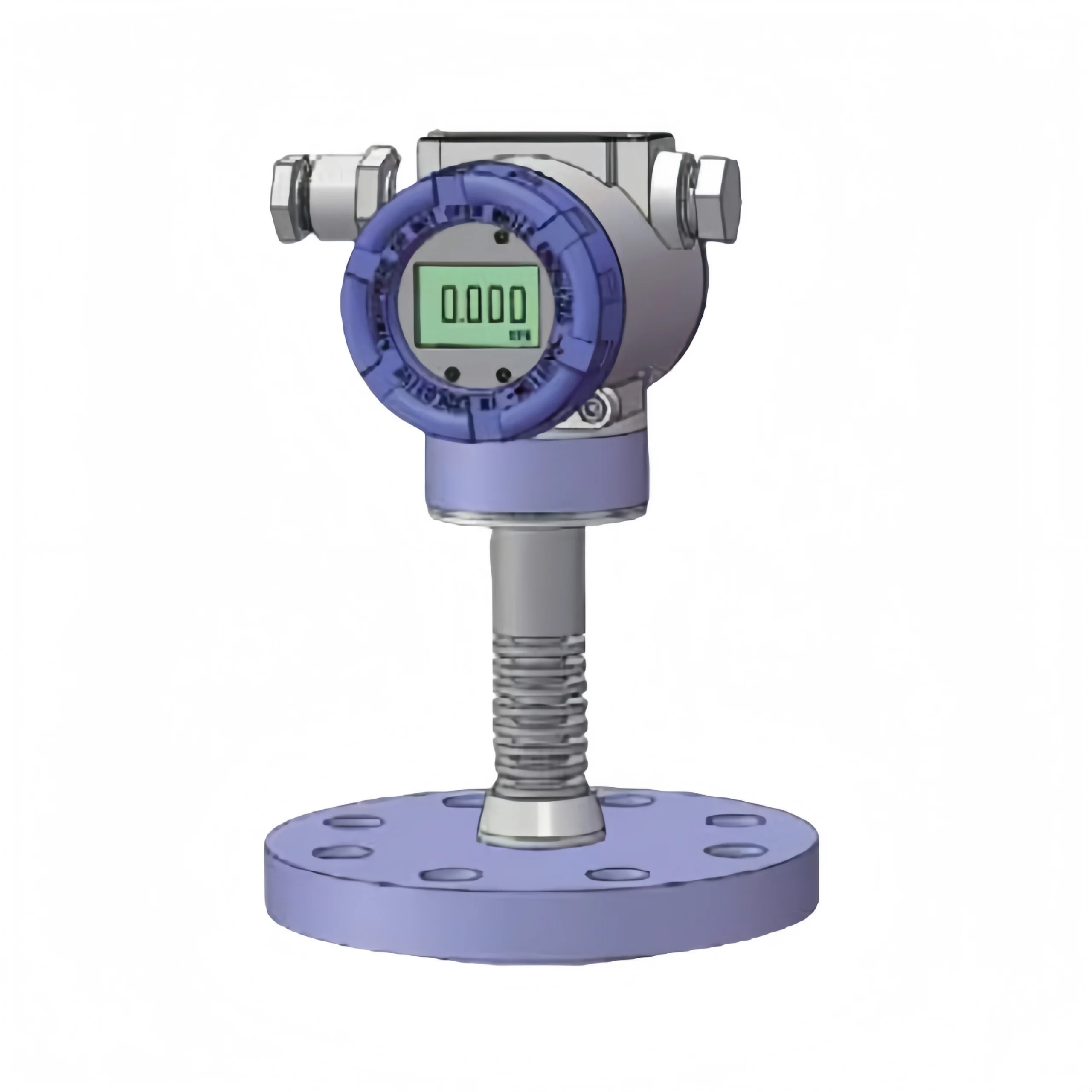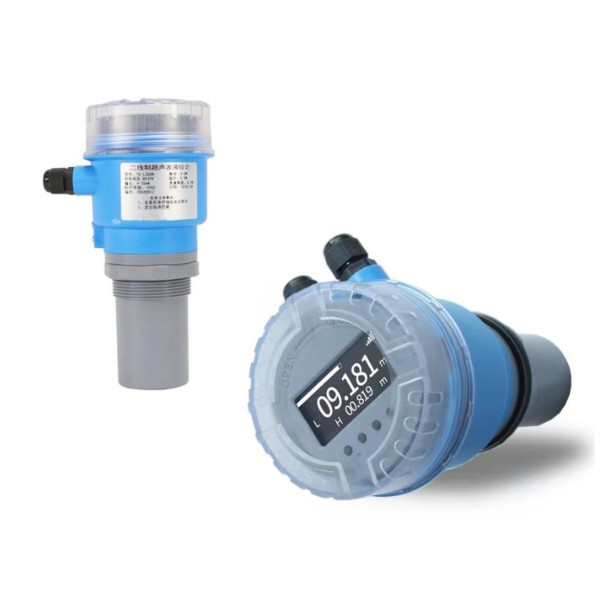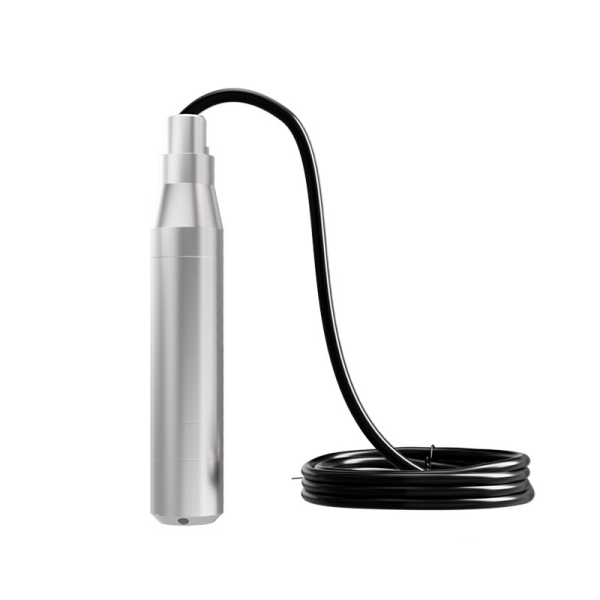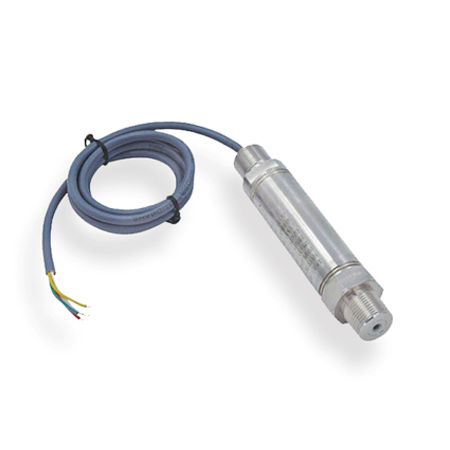How to Check The Well Water Level?
To check the static water level in a well, you can use a simple method such as a wet steel measuring tape, a weighted rope, or an electric depth sounder. These methods involve lowering a device into the well until it touches the water and then measuring the depth.
What is a Well Water Level Sensor?
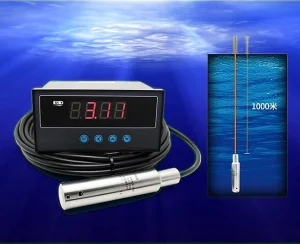
A well water level sensor is a device used to measure and monitor the water level in a well.
Well water level sensors can use a variety of technologies. These include pressure measurement, ultrasonic sensing, and even simple probes. These sensors are designed to withstand the harsh conditions found in deep well applications. And it can provide accurate and reliable water level measurements.
Well water level sensors can detect the changes of water level in the well in real time. And when and at what depth it reaches the target water level. Usually composed of an electronic lightning protection level sensor probe and steel wire cable. They are essential for managing water resources, preventing water pump damage and ensuring a reliable water supply.
Principle of Well Water Level Sensor
Well water level sensors usually work by measuring hydrostatic pressure. Hydrostatic pressure is the pressure exerted by the water column above the sensor. Water pressure is proportional to the height of the water level. Therefore, by measuring water pressure, the water level can be indirectly measured. The sensor then senses the change in water level and converts it into a corresponding electrical signal.
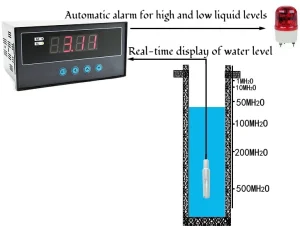
Types of Well Water Level Sensor
Sino-Inst provides a wide range of water level measurement equipment, mainly including deep well water level sensors and submersible level transmitters.
Deep well water level sensor
The deep well water level sensor is a device used to measure and monitor the water level in deep wells or boreholes. It can measure water depths of 1000m and 2000m.
These sensors are designed for deep well measurement applications. These sensors can provide accurate and reliable water level measurement. They are ideal level measurement instruments for deep well measurement.
- Working principle: The deep well immersion level gauge uses the original pressure sensor. It is equipped with a stainless steel isolation diaphragm as the signal measurement element.
- Design: It is internally sealed and adopts a double isolation chamber design.
- Measurement:It is automatically tested by a computer. It also uses a laser resistance adjustment process. It can perform zero point and sensitivity temperature compensation in a wide temperature range.
- Advantages: The deep well water level sensor has the advantages of small temperature drift coefficient, high precision, cable wear resistance and tensile resistance.
- Applications: Deep well water level sensors can be used in a variety of applications. Including deep well level measurement, groundwater level monitoring and geothermal well measurement.
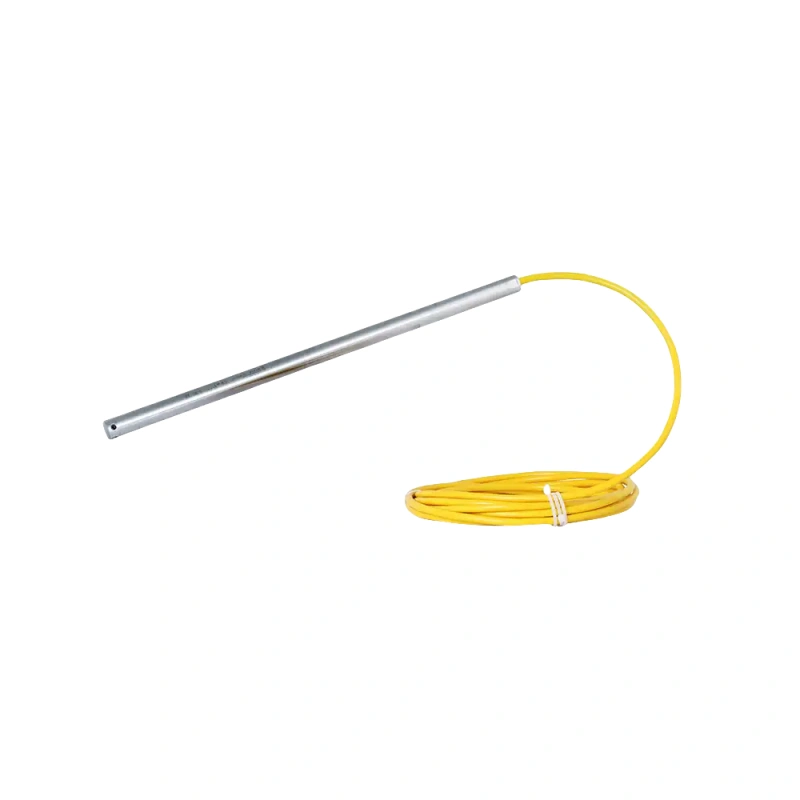
Submersible level transmitter
The submersible level transmitter is a sensor based on the measurement of hydrostatic pressure. That is, the pressure generated by the liquid due to its weight and height. The range of the submersible level sensor is generally within 200m.
- Working Principle: Submersible level sensors use high performance diffused silicon piezoresistive pressure sensors as measuring elements. They accurately measure the static pressure of the liquid, which is proportional to the liquid depth.
- Signal output: The signal is converted into a standard (current or voltage) signal output through the signal processing circuit. The output signal is linearly related to the liquid level depth, and the liquid depth can be measured.
- Advantages: The submersible level transmitter has high accuracy and small size. They can be directly put into the liquid to measure the liquid level from the end of the transmitter to the liquid surface. They are easy to use.
- Application: Suitable for continuous level monitoring of liquids such as groundwater, wells, reservoirs, storage tanks, boreholes, rivers, etc.
- Environment: The product has stable and reliable performance. They can be used in open-air places with harsh environments.
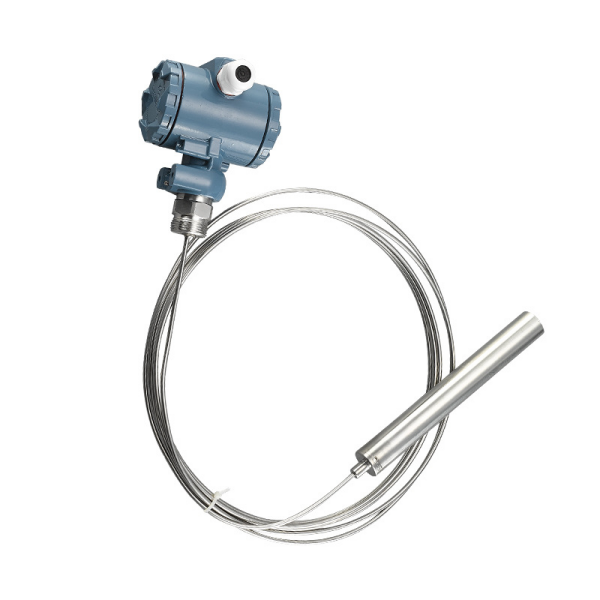
Main Features of Well Water Level Sensor
Well water level sensors are designed to accurately measure and monitor water levels in deep wells. Its main features include the following:
- Waterproof and anti-corrosion design
Deep well water may contain various impurities and corrosive elements (such as salt, sulfide, chloride, etc.). Therefore, the sensor is designed to be waterproof and anti-corrosion. Its structure usually uses materials such as stainless steel, plastic and ceramic.
- High Accuracy and Stability
These sensors provide accurate, stable water level readings even in harsh deep well environments. They can maintain high accuracy over long periods and under temperature fluctuations.
- Pressure Sensor Technology
Many sensors utilize a pressure sensor to measure the hydrostatic pressure of the water column above the sensor. This pressure is then converted into a water level reading.
- Multiple output options
Deep well sensors are usually equipped with various output options. Such as analog, digital or wireless. They can be easily integrated with different monitoring and control systems.
- Strong anti-interference ability
The sensor uses high-quality electronic components inside. It can effectively suppress electromagnetic interference and ensure the accuracy of measurement. In addition, the dual power supply mode further reduces the impact of interference.
- Installation flexibility
Deep well water level sensors are usually installed underground. Closed housing and sealing technology are important measures to protect deep well water level sensors from these influences.
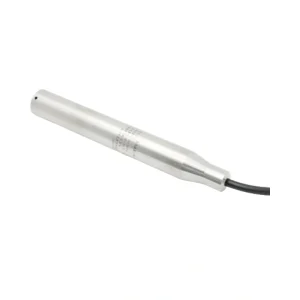
Application Scenarios of Well Water Level Sensor
- Groundwater Monitoring:
Used to monitor groundwater level changes and provide data support for water resource management and environmental protection.
- Irrigation and Agriculture:
Optimize water use: In irrigation systems, well water level sensors help ensure optimal water levels, improve crop health and reduce water waste.
- Industrial and Municipal Wells:
Ensure adequate water supply by monitoring water levels in real time. Ensure operational efficiency and safety.
- Sump and Rainfall Detection:
Well water level sensors can be used to monitor sump pits, control pump activation to prevent flooding, and can also detect rainfall.
- Environmental Monitoring:
Used in environmental research to track water levels in natural or artificial wells for ecological research or conservation work.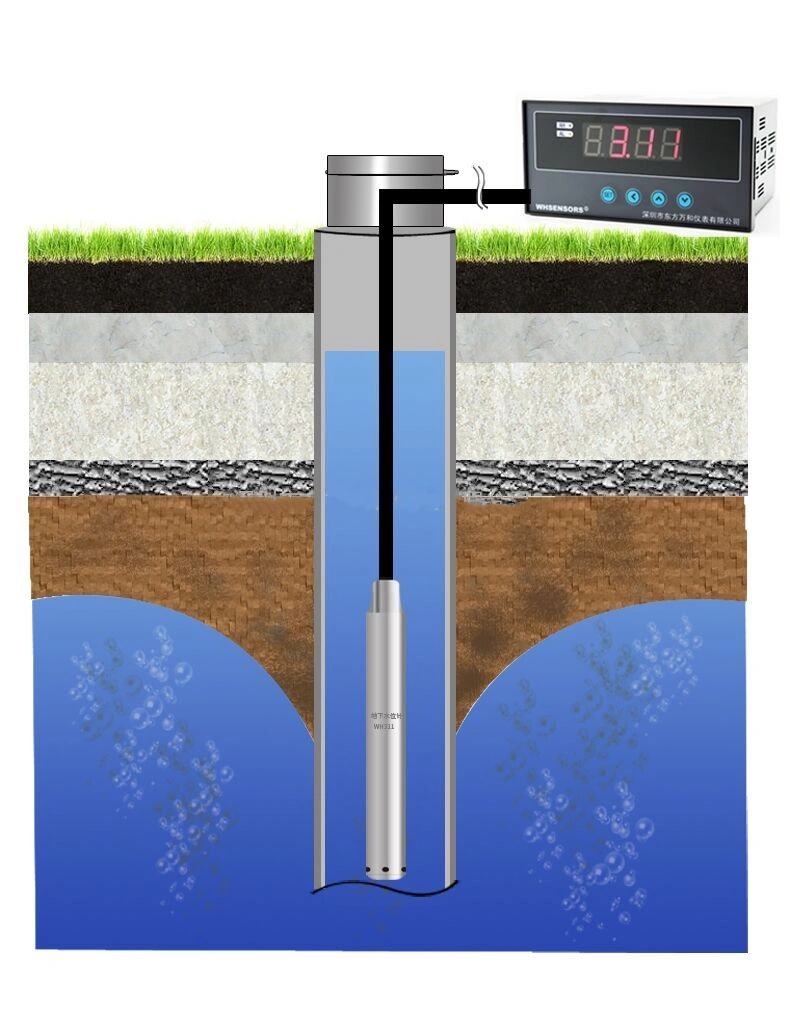
Installation and Maintenance Recommendations for Well Water Level Sensors
To properly install and maintain a well water level sensor, ensure the sensor is securely connected to the well casing and protect the wires from moisture and corrosion.
Install:
- Deep well water level sensors should be installed where the groundwater level is relatively stable. A location that allows accurate readings of the water level without interference from debris or air pockets.
- Drill a hole. The diameter of the hole should be larger than the outer diameter of the sensor so that the sensor can be lowered freely and ensure that it is not easy to fall off.
- Install the sensor. Place the sensor into the drilled hole and seal the connection with silicone or electrical tape to prevent moisture from damaging the wires.
- Test the sensor. Test the measurement accuracy of the sensor to ensure that the sensor is working properly.
Maintenance:
- Regular cleaning. Clean the sensor regularly to remove dirt and debris. Especially in environments with sediment or sludge.
- Regular calibration. Calibrate the sensor regularly to maintain accuracy and ensure reliable readings.
- Regular damage inspection. Inspect the sensor for signs of damage, corrosion or wear and replace if necessary.
- Monitor water quality. In addition to water level, consider monitoring other water quality parameters. Such as pH, temperature and turbidity.
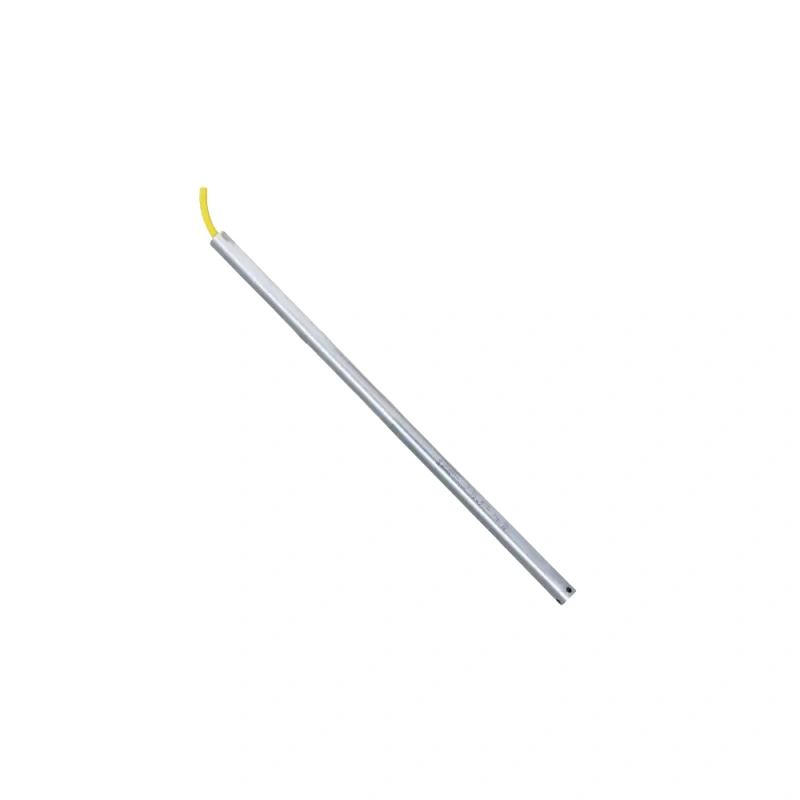
Deep well water level sensors are an indispensable tool for measuring water levels. They can monitor groundwater levels in real time and provide timely and accurate groundwater level information to water resource managers. Sino-Inst offers a variety of water level measurement equipment. Including hydrostatic pressure sensors, water pressure sensors and pressure sensors. If you have any questions or needs. Please contact our team.


